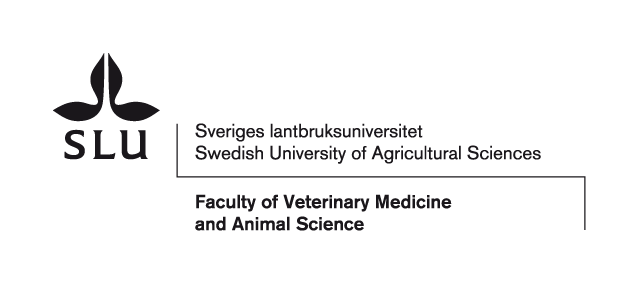About this site

Download the flyer (PDF - double sided A4, landscape)
Background and aim
A database (VetBact/VetBakt) with information about bacteria of veterinary interest has been developed at the Div. of Bacteriology (Dept. of Biomedical Sciences and Veterinary Public Health [BVF], Swedish Univ. of Agricultural Sciences [SLU], Uppsala, Sweden) as well as the Dept. of Bacteriology and the Office of Science and Quality (National Veterinary Institute [SVA], Uppsala, Sweden). The first version of the database was released to Internet on February 9, 2006 and in connection with a major update, VetBakt 1.0 got a special website on April 16, 2007. On March 19, 2010, the bilingual version of VetBact/VetBakt 2.0 was released at a new website (www.vetbact.org).
VetBact is primarely intended to be a tool for veterinary students and their teachers, but can also be useful for veterinary practitioners and students attending other academic courses in bacteriology. Links to course material (video lectures, quizzes, virtual laboratory) have been collected on this page.
The people behind this site
Idea and originator: Professor Emeritus Karl-Erik Johansson (BVF, SLU). Coordinator with veterinary expertise and responsible for further development of VetBact: Professor Ingrid Hansson (BVF, SLU). Web developer, Webmaster etc: Dr. Staffan Tamm.
Internal Board members
- Ingrid Hansson (sammankallande)
- Karl-Erik Johansson
- Staffan Tamm
- Madeleine Moazzami
- Karin Söderqvist
- Anna Rosander
- Emma Bergenqvist
External scientific and educational advice
- Dr. Roger Ayling, Animal Health and Veterinary Laboratories Agency (AHVLA), Mycoplasma Group, Department of Bacteriology, Addlestone, Surrey, UK
- Professor Joachim Frey, Institute of Veterinary Bacteriology, University of Bern, Switzerland
- Professor John Prescott, Ontario Veterinary College, University of Guelph, Canada
Accessibility
Don't hesitate to contact us if you have any suggestions for how we can make this site more accessible.
Cookies
We use so called "sessions" (PHP Sessions) services from StatCounter for statistics. More information can be found here.
Acknowledgements
During 2006 to 2009, these people contibuted information and suggestions.
During 2010 to 2012, these people contibuted information and/or pictures.
Financial support to develop VetBact has been obtained from the Faculty of Veterinary Medicine and Animal Science (SLU) and from BVF.
The Swedish University of Agricultural Sciences (SLU), the National Veterinary Institute (SVA) and the Thure F & Karin Forsberg Foundation supported our work in 2011, and also in 2011-2012.
VetBact was built using Free and Open Source technology (FOSS).

Published: 2015-11-10, updated: 2024-04-02.
